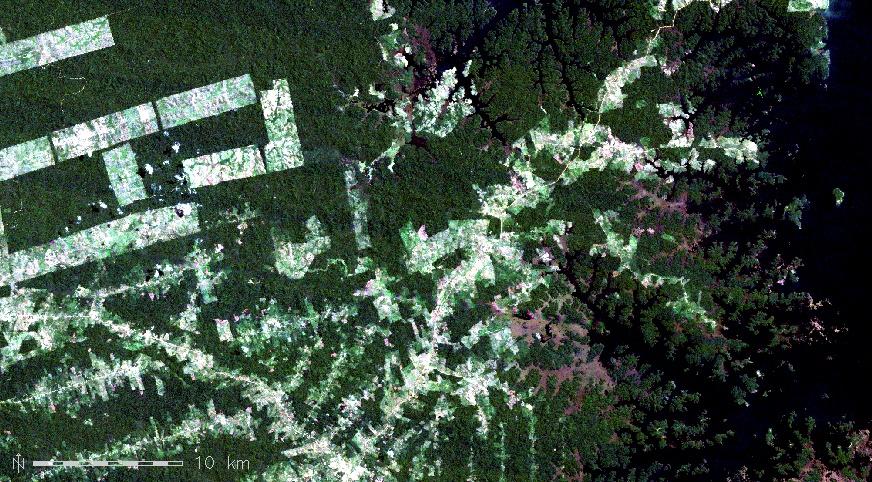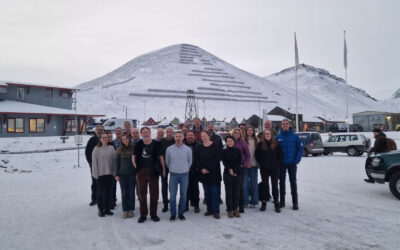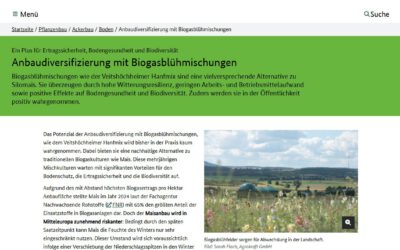The MEE special issue organized by Sandra Luque, Nathalie Pettorelli, Petteri Vihervaara, and myself just got published. It covers a range of interesting articles targeting remote sensing application for biodiversity monitoring such as:
- Understanding and assessing vegetation health by in situ species and remote‐sensing approaches – Lausch – 2018 – Methods in Ecology and Evolution – Wiley Online Library https://besjournals.onlinelibrary.wiley.com/doi/10.1111
- Integration of satellite remote sensing data in ecosystem modelling at local scales: Practices and trends – Pasetto – 2018 – Methods in Ecology and Evolution – Wiley Online Library https://besjournals.onlinelibrary.wiley.com/doi/10.1111
or
- Satellite remote sensing to monitor mangrove forest resilience and resistance to sea level rise – Duncan – 2018 – Methods in Ecology and Evolution – Wiley Online Library https://besjournals.onlinelibrary.wiley.com/doi/10.1111/2041-210X.12923#.W4aDxlOw-CM.twitter
see all articles of this special issue here: https://besjournals.onlinelibrary.wiley.com/toc/2041210x/2018/9/8









